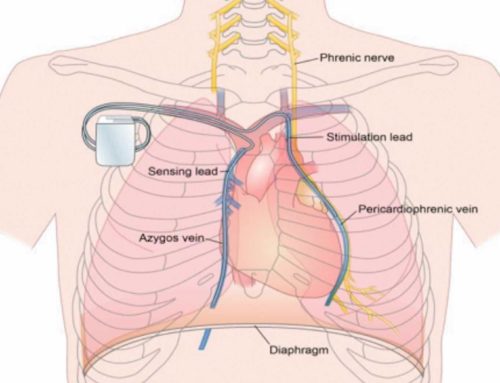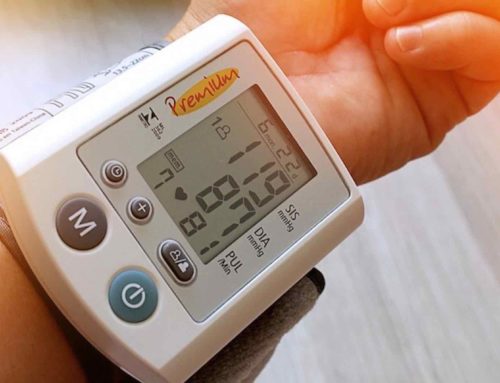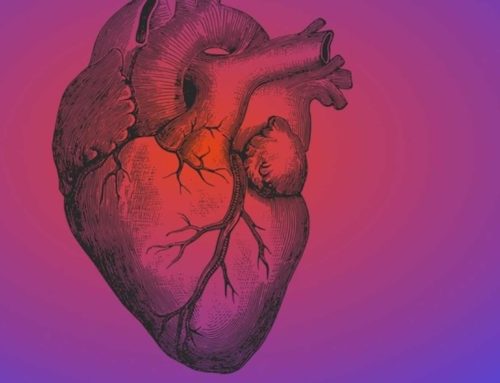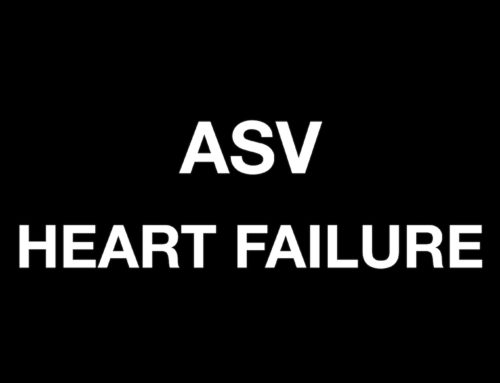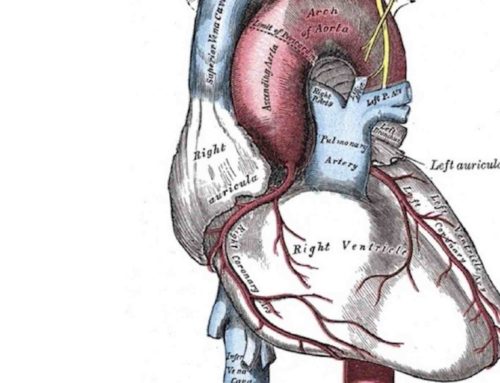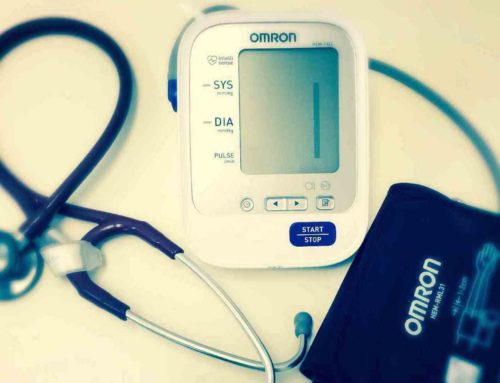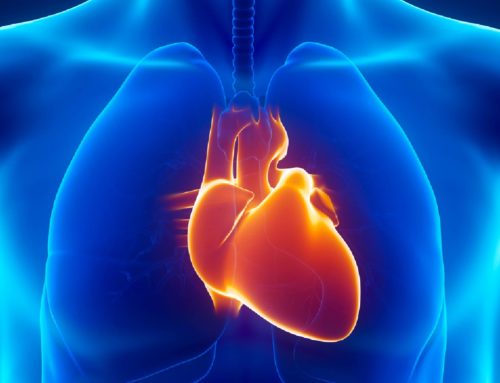Narcolepsy is one of the most interesting of Sleep Disorders in the International Classification of Sleep Disorders (ICSD-3). It is characterised by the classic tetrad of Excessive Daytime Sleepiness, Cataplexy, Sleep Paralysis and Hypnagogic Hallucinations. The addition of Sleep disruption makes the Narcolepsy pentad. The most often used test for this diagnosis is the in-hospital Multiple Sleep Latency Test (MSLT).
Whilst the symptom of sleepiness is helpful, sleepiness can be a symptom of many sleep disorders. Some Narcoleptics are not aware of how sleepy they really are. Objective testing is crucial.
A Multiple Sleep Latency Test (MSLT) involves an overnight sleep study, followed by timed nap opportunities the following day. A urinalysis is also part of the testing process. Depending on the overnight and subsequent-daytime testing, and in the absence of another sleep disorder, a diagnosis of Narcolepsy or Idiopathic Hypersomnia can be made.
A home sleep study (also known as an ambulatory sleep study) will not be able to diagnose Narcolepsy.
Measuring CSF Hypocretin / Orexin levels are useful when an MSLT is not possible. Not many laboratories can measure Orexin levels, and these can be normal in some variants of Narcolepsy.
Here at Adelaide Sleep, we look after all aspects of Narcolepsy including the counselling, diagnosis, and treatment of all Narcolepsy symptoms. If you’d like to know whether you have Narcolepsy or one of the Narcolepsy-like conditions, call us now and see one of our doctors.





